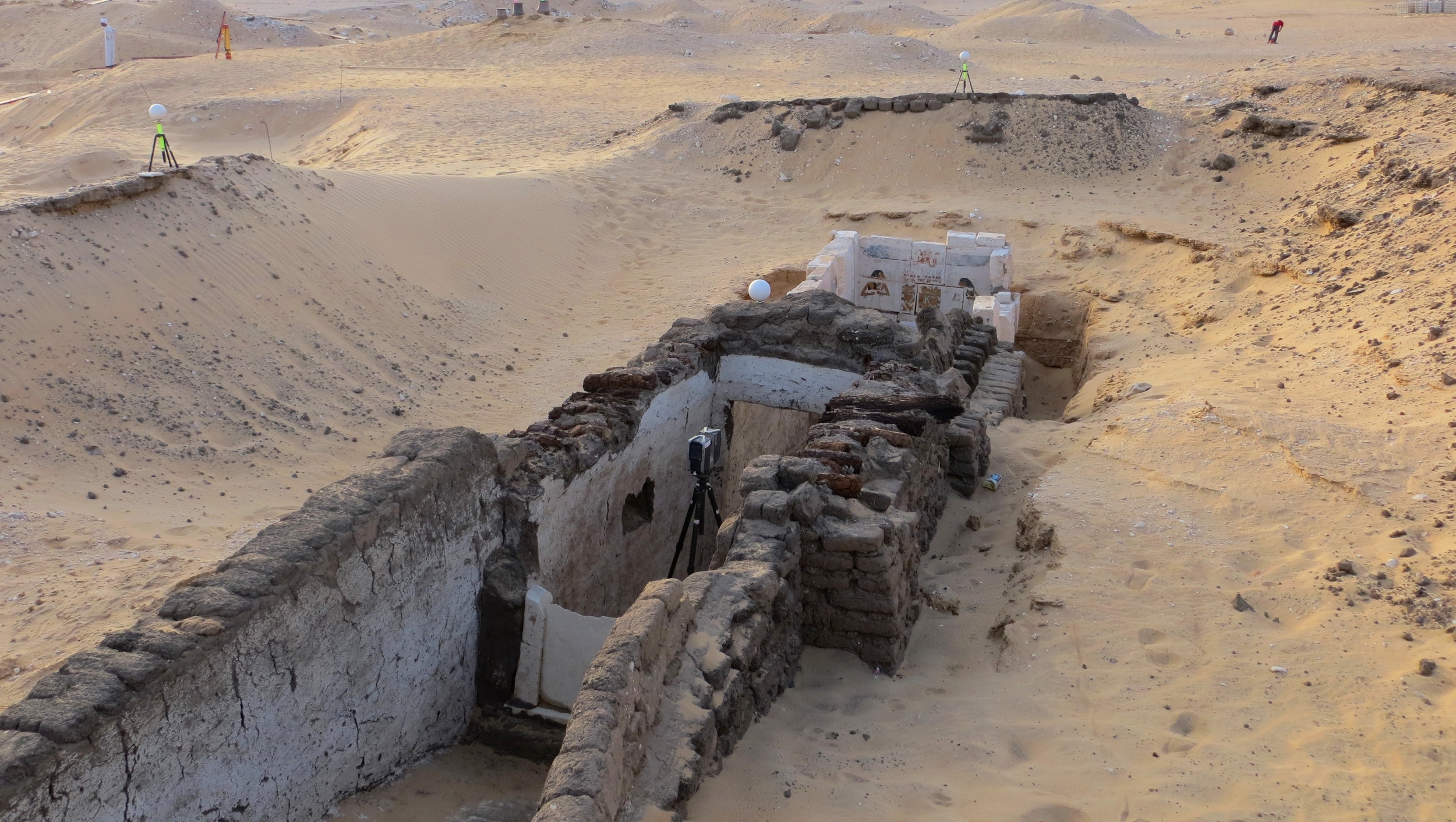In January last year we heard news of a new royal tomb discovered at Abydos belonging to a ‘lost’ king, Senebkay.
He was from a forgotten Abydos dynasty that flourished briefly during Egypt’s Second Intermediate Period.
Senebkay reigned when Egypt was no longer ruled over by one great pharaoh, but broken into several states, with new regional dynasties of kings springing up in Thebes, Abydos and the Delta, which had been occupied by foreigners known as the Hyksos.
The University of Pennsylvania team that discovered the tomb now have some revelations on the life and violent death of King Senebkay. He was murdered, there is little doubt about that. 18 wounds on his skeleton indicate that he was attacked repeatedly by axe, and probably initially whilst he was on horseback.
The shape of his pelvis and leg bones suggest that Senebkay was a horse rider, and the angle of the wounds on his legs, lower back and his head imply that he was first attacked from below, pulled off the horse and then finished off with blows to the head.
Exactly who triumphed over Senebkay that day is not clear, although the Abydos dynasty seems to have disappeared at around the time the Theban kings in the south made a major play for control over all of Egypt and swept north, eventually driving out the Hyksos foreigners in the Delta. Hopefully further analysis will tell us more about this dramatic period in Egypt’s history.
This is a view of the tomb of the King Senebkay when it was discovered last year. Photo: Josef Wegner, Penn Museum.
